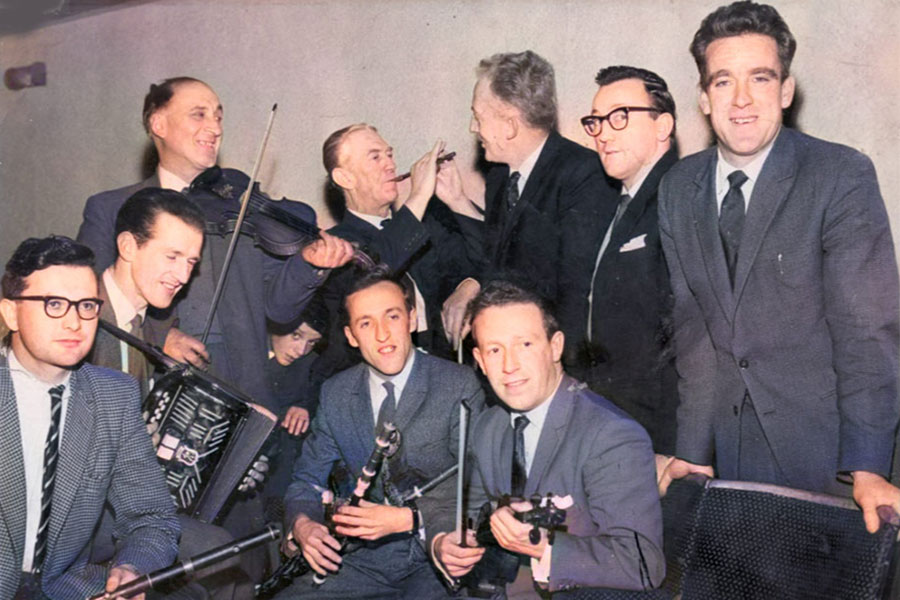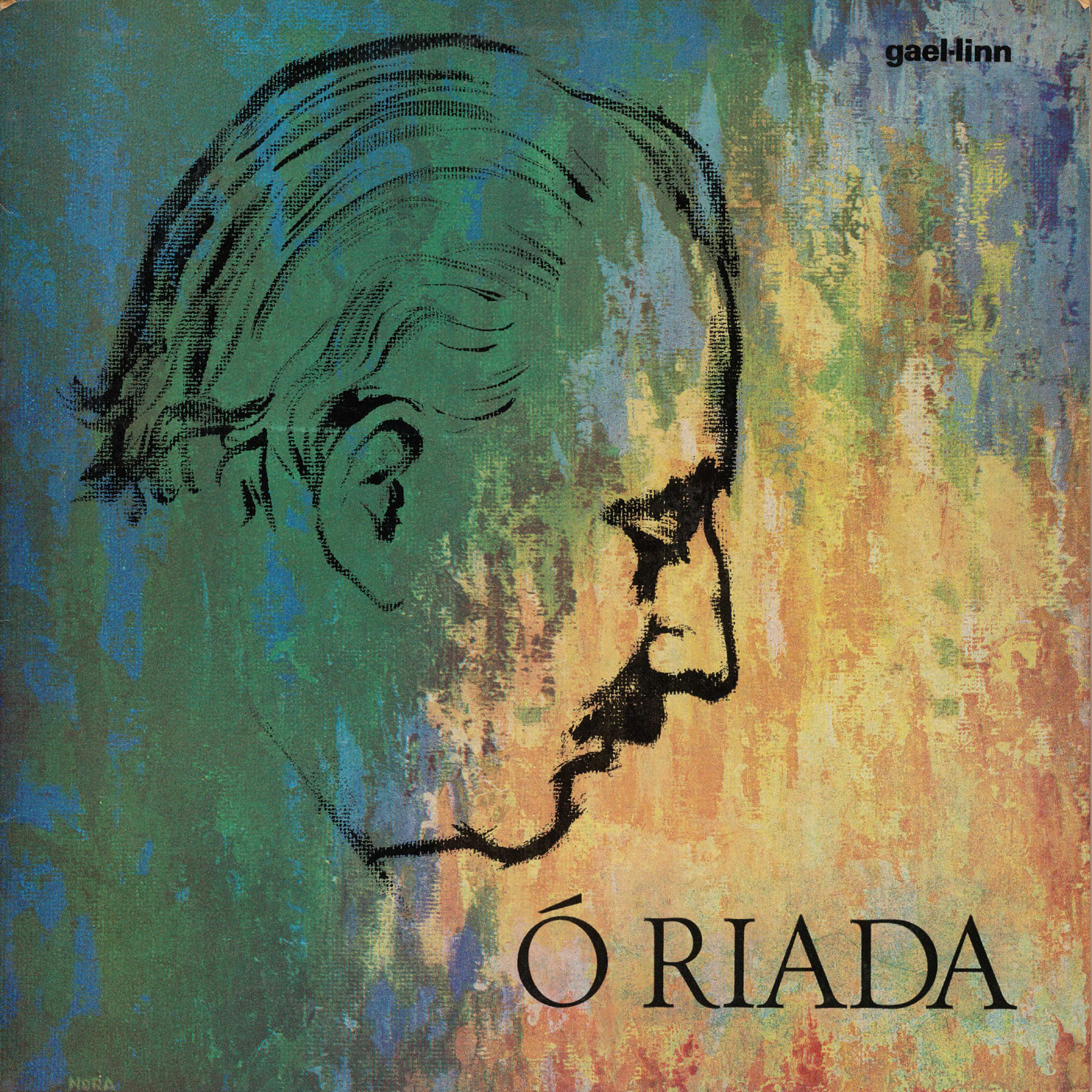


Sleeve Notes
Side 1: On March 30th, 1969 in the Gaiety Theatre, Dublin, Seán Ó Riada, Ceoltóirí Cualann and Seán Ó Se gave a concert produced by Seán Ó Mórdha in honour of Peadar Ó Doirnín, the Ulster poet. From this part of the country came a remarkable group of poets, scholars and scribes in the 17th, 18th and 19th centuries. Ó Doirnín was one of the finest lyric poets of this school and his best work has always had an honourable place in anthologies of modern Irish literature.
Side 2: The Carolan. Tercentenary Concert was given at the City Hall, Cork on June 28th, 1970. The harper-poet Turlough O Carolan was born in 1670 and died in 1738. He was probably the most important figure in recent Irish musical history and, in terms of music, he linked the old Irish art-tradition and the European tradition of his time.
This record at once illustrates and pays tribute to one major aspect of the achievement of Seán Ó Riada, a man of great and varied talent, whose untimely death in 1971 was a tragic loss to Irish music and to Irish culture in general. His work as a composer in two traditions, while already substantial, would undoubtedly have led to further development of a kind we can only guess at: but one might have well expected remarkable things from one whose genius and influence, especially in the decade before his death, had brought about a radical transformation of the Irish musical scene.
He was, perhaps, most influential in his approach to our older musical tradition. Bringing to it, as he did, considerable gifts and insights as a musicologist and executant musician, he had also an enormous sense of the latent vitality of this music, not only in the folk-tradition of the countryside, but also the considerable corpus of material which lay fallow in manuscripts and learned collections. He saw it all as part of a whole something to be played and sung and experienced and enjoyed, and, being a man of action as well as ideas, he set about having this done. He assembled a group of musicians, Ceoltoiri Chualann, who provided an unusual combination of talents, styles and, indeed, instruments — imagine combining harpsichord with bagpipe! — and, who, under his direction set off on a voyage of exploration of Irish music. This exploration was done sometimes at Ó Riada's own fireside, sometimes in the antiseptic atmosphere of a recording studio. What it produced was the kind of 'sound', the kind of musical dialectic which we hear on this record.
Many of the pieces are by Carolan, eighteenth century predecessor to Ó Riada in crossing borders and boundaries between 'high' style and 'low', between gentle and simple, between the 'pure' Irish tradition and the common European heritage. But it is no disrespect to his shade to suggest that the task attempted, and in great measure accomplished by Ó Riada in his own time was incomparably the greater.
For the Ireland of the second half of the twentieth century is a country still fighting for its cultural life. While this is true in all the varying, and often apparently opposing senses of culture, the situation is especially acute in relation to the inherited mainstream deriving from the Gaelic language, which for centuries cemented many disparate racial elements. Since Carolan's day a process of social and geographical fragmentation, ending only partly in our own time, caused an inevitable corresponding fragmentation in our literary and musical tradition and even in the language itself. It was to restore those fragments, and see them once more part of a living organic culture, that Seán Ó Riada devoted, literally, the best years of his life, as an artist and as a man.
Seán Mac Réamoinn